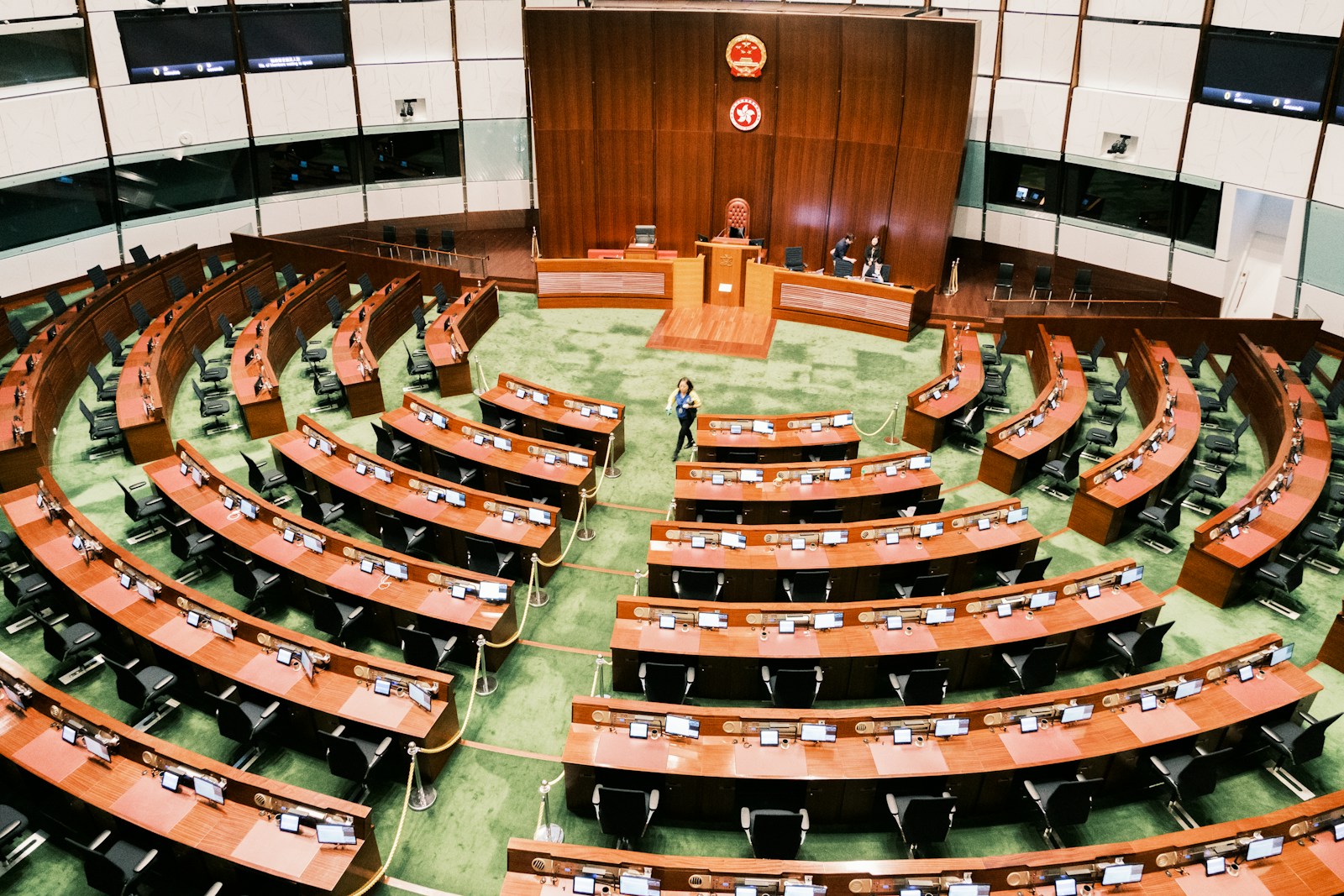Key Takeaways
– Many Americans feel stuck with two major parties
– New parties face strict ballot rules in every state
– Founders warned that parties could split the nation
– Reforms like ranked choice voting could help new voices
Why the Two Party System Rules
Voters across the country say they lack real choices. They think both major parties ignore their views. They also tire of constant gridlock in Washington. Yet new groups struggle to gain ground. Ballot rules keep them out. Each state forces new parties to collect thousands of names before a deadline. They must also follow detailed filing rules. If they clear one state, they still face fifty other systems. Media coverage and campaign cash also favor the big two sides. In fact the main election agency stays stuck when parties split its seats evenly. As a result the old teams stay in control.
Founders Feared Party Rule
Long ago our founding leaders warned against parties. They saw them as harmful factions that tore at unity. One early leader noted that parties spark hate and drama among citizens. Another feared they would become the republic’s worst illness. They made no place for parties in the national plan. They wanted leaders to work for common good instead of party gain. Yet over time two groups rose and locked in power.
Why a New Party Idea Matters
When a public figure calls for a new America Party it strikes a chord. Surveys show more than half of adults want a third side in US politics. Young people and unaffiliated voters feel most left out. They often register with no party tag. They now outnumber each of the main parties. Even if a new effort never reaches the ballot it highlights a big problem. Poor trust in the major teams shows a hunger for fresh voices.
Barriers That Block New Voices
Ballot access rules grew over time to protect the big parties. Most states let only them sit on the boards that run elections. In more than half the states judges must belong to a big party. Funds for campaigns go mostly to teams already in power. Voter lists and data also stay with them. In sum the system stacks odds against anyone else. Both sides unite to keep it that way regardless of red or blue leanings.
Models from Other Democracies
Other countries run elections without party control of the rules. They keep officials neutral and let all groups compete fairly. Many use forms of proportional voting where seats match the vote share. That choice lets small parties win some power. Also open primary systems let any citizen pick a candidate in any team. Some cities use ranked choice ballots so voters list their top picks. If no one wins a majority the lowest side drops out and votes shift until a winner emerges. Others allow fusion voting so one person can carry support from more than one party.
Reform Efforts at Home
Across the US some places try new ideas. A famous college town seats councils by vote share. Another big city adopted a system that avoids runoffs and cuts cost. Several states test open primaries. Some have put neutral panels in charge of maps to stop unfair lines. These changes have made races more open and cut extreme swings. Yet both major parties often block wider use of these fixes. They fear losing their hold on power.
How to Build a Fairer System
If voters really want more choice they must push for change. They might begin by urging leaders to ease ballot hurdles. They can back ranked choice in local votes and press for open primaries. They could demand that election boards stay free of party picks. Also they could seek rules that let fund raising stay more balanced. Each step can chip away at the walls that keep only two groups strong.
Why It Matters Today
Our founders thought parties would harm our union. They hoped citizens would choose leaders by merit not by party badge. Ironically today our politics divides deeply along two team lines. Small groups and fresh ideas rarely get a hearing. That fuels more frustration and more gridlock. If Americans want true choice then they must reshape the rules. Only then can new voices compete and our democracy reflect all views.
Next Steps for Voters
Now more than ever voters can demand an open field. They can support candidates for local posts who back fair rules. They can join nonpartisan groups working to change maps and ballot laws. They can call for pilot tests of ranked choice in their cities. They can hold town halls on how to make elections more open. Each small win adds up to a system that listens to more people.
Conclusion
The two party lock on US politics runs strong but not unbreakable. History shows new parties face a hard climb yet real reform can level the ground. For now the talk of a new America Party shines a spotlight on the need for many more choices. If citizens push smart reforms they can build an election system that works for a modern and diverse nation.

